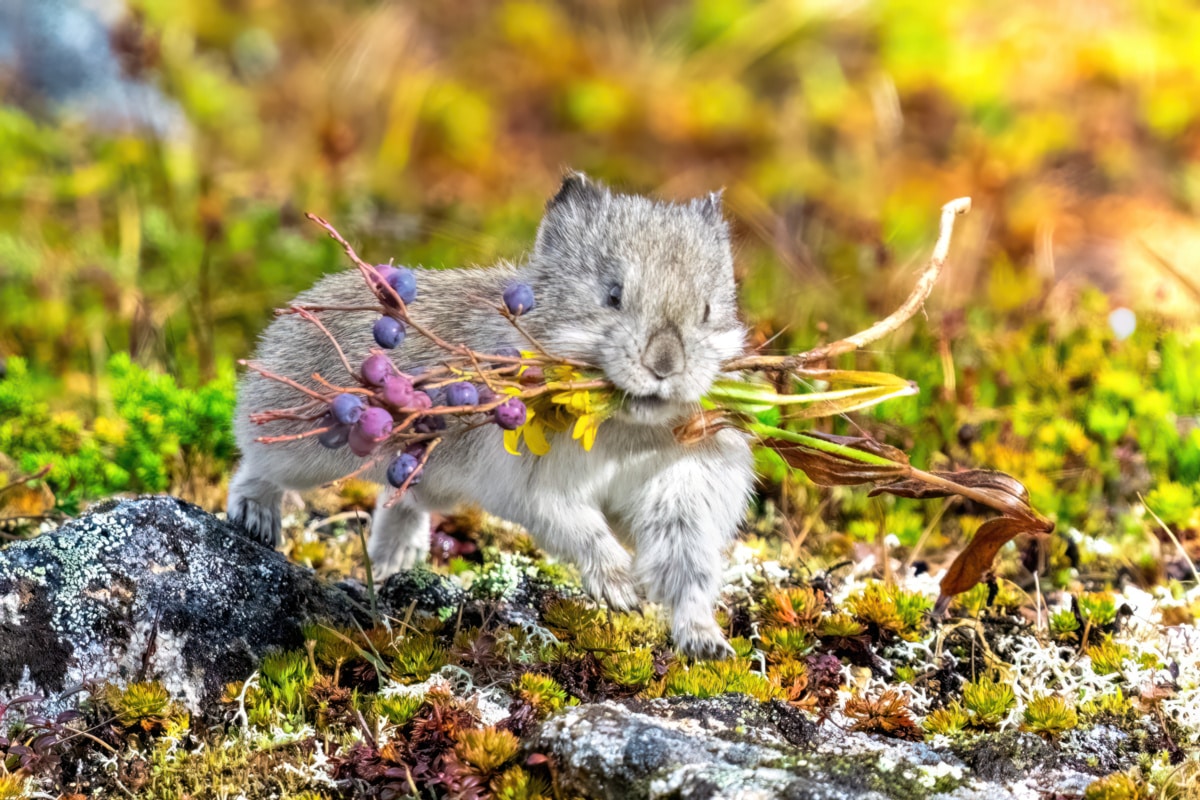
This article, and this hike, are both incredibly special to me. So many things had to come together in order for me to discover the Pika Township and the Marmot Village.
I had to interview Pika specialists in Fairbanks, I reviewed documentation from populations found in the Himalayas, and spent countless hours over months learning their behaviors and habitats.
I have had other photographers, lifelong Alaskans, and biologists from around the world tell me that they have never witnessed anything like what I found.
So for me to be able to share this amazing hike with others, via this article, absolutely brings me so much joy.
This journey is moderate in difficulty and utilizes portions of known social trails, will also take you completely off trails, and will require some climbing around small boulders if you want to access a few really cool areas (but is not required to enjoy the hike).
Like all hikes that involve wildlife viewing as a central draw, I will do my best to both ensure you have great chances of seeing the Pika and Marmots, but will also keep in mind respecting their space so as to not overwhelm them with curious visitors.
Before I dive in and discuss how to access/complete this amazing hike, I have had so many people ask me, “What even is a Pika?!” So I will briefly explain what you will be working so hard to see!
What Is A Pika?
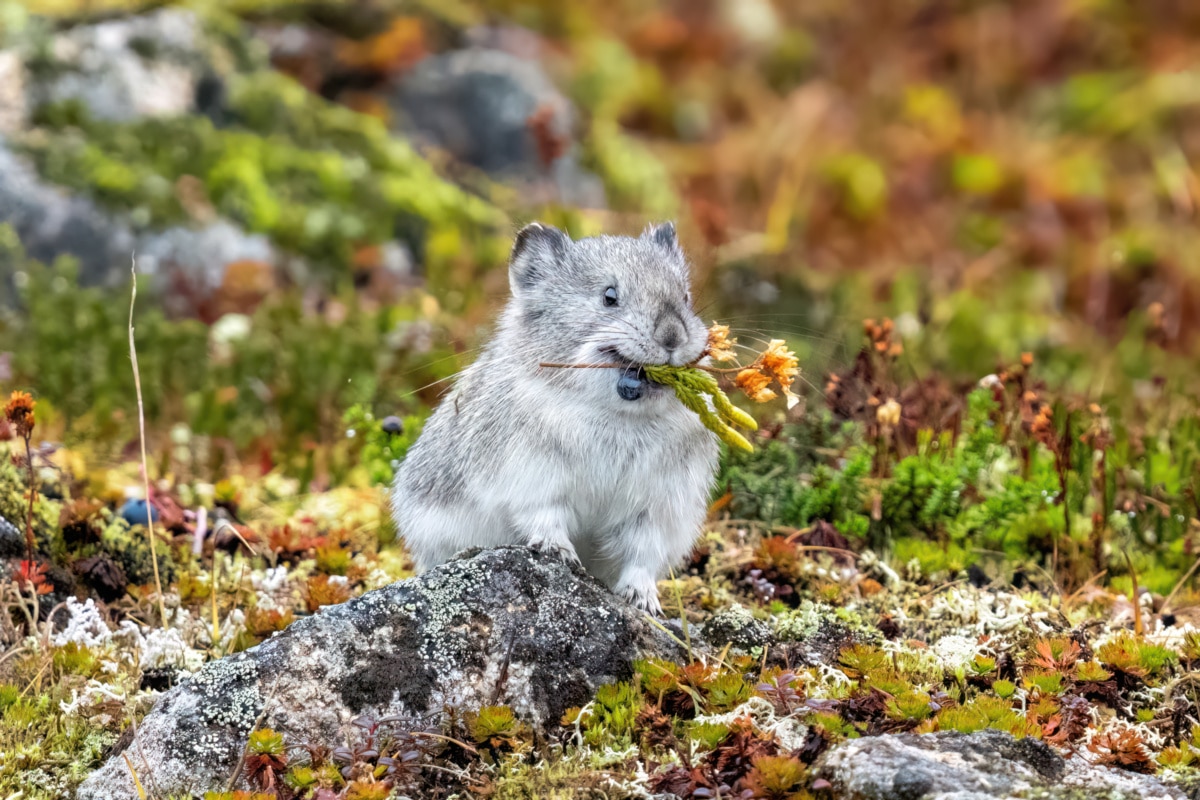
If you already know what a Pika is, feel free to skip this section and get right to the hike in the next part of the article!
The Pika are the world’s smallest members of the Lagomorph (Rabbit) family. The Alaskan Collared Pikas are some of the rarest in the world, only found in certain alpine climates here in Alaska and a very small portion of Canada.
They are about the size of a hamster when fully grown and they spend their days hopping around and collecting alpine flowers and grasses to store for winter.
They do not hibernate, so they must stock up “hay piles” in order to survive the cold winters. All of the photos in this article were taken in the very high mountain boulder fields in Hatcher Pass and mostly feature my favorite Pika, Hatcher (I bet you know here he got his name haha)!
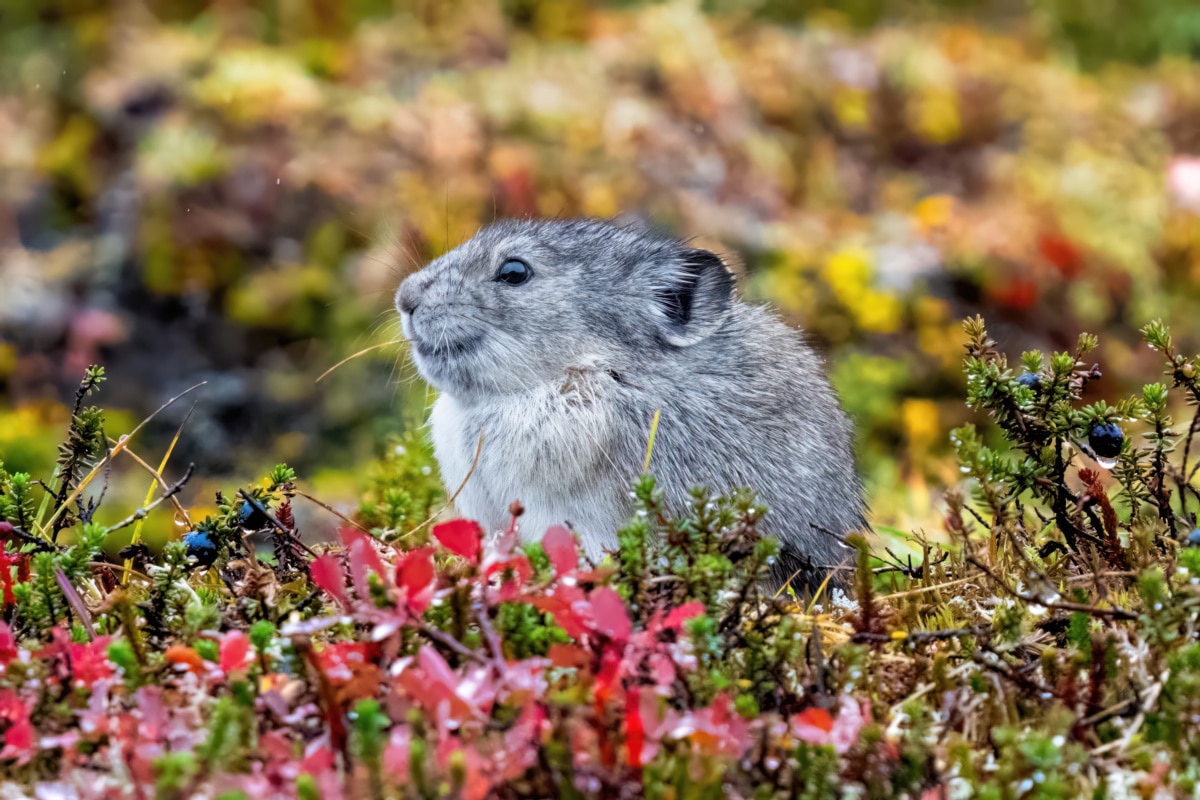
These animals are extremely skittish, wildly fast, and are renown for their difficulty to photograph.
It took me three months of practice and hours visiting with them almost everyday to gain their trust so that I could get these shots, so I hope you like the photos, get to go on this hike, and fall in love with them as much as I did!
Without further ado, lets start the adventure and guide you to the entrance of the trailhead!
Finding The Trailhead To The Pika Township
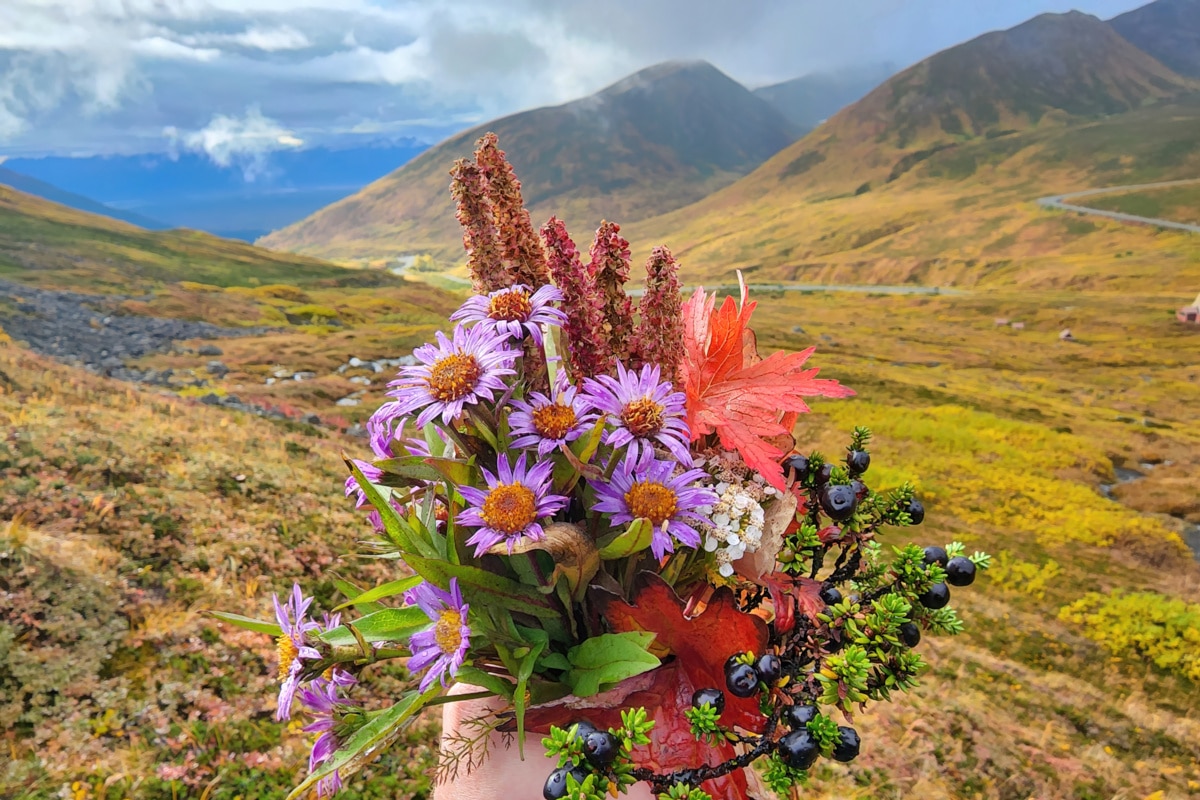
Before you head out, make sure you have some rubber/waterproof boots and a trekking pole on you (if you have one) as the first part of the hike will require you to cross a few small streams.
There are also some moderately vertical elements with no switchbacks during the first part of the hike, so keep that in mind for footwear choices.
I also recommend that you leave your dog at home for this hike, especially if they are prone to barking at or chasing wildlife. There will definitely be little critters everywhere making squeaky toy noises.
Note: This trail is only accessible from around July 1st – September 15th depending on snow conditions. Check the Department of Natural Resources website to make sure it is open.
Alright lets get to the trailhead! If you head 60 miles North of Anchorage and take Palmer Fishhook Road (which turns into Hatcher Pass Road) you will eventually reach a fork in the road towards the top where if you went straight you would reach Independence Mine (which is awesome, but we will cover that in a different article), or you could go left towards Summit Lake.
You will want to head straight like you are going towards the mine, but instead of going all the way to the mine, turn into the large paved parking lot right after Hatcher Pass Lodge (the little red cabins on your right).
This is a paid parking area and you will either need to pay at the electronic kiosk or purchase a yearly park pass online (which I highly recommend doing, as it is so much cheaper and less time consuming than paying for parking each time).
Once you are parked and paid, I definitely recommend using the provided bathrooms, there will be no other options to relieve yourself along this trail until you get back.
Starting The Ascent
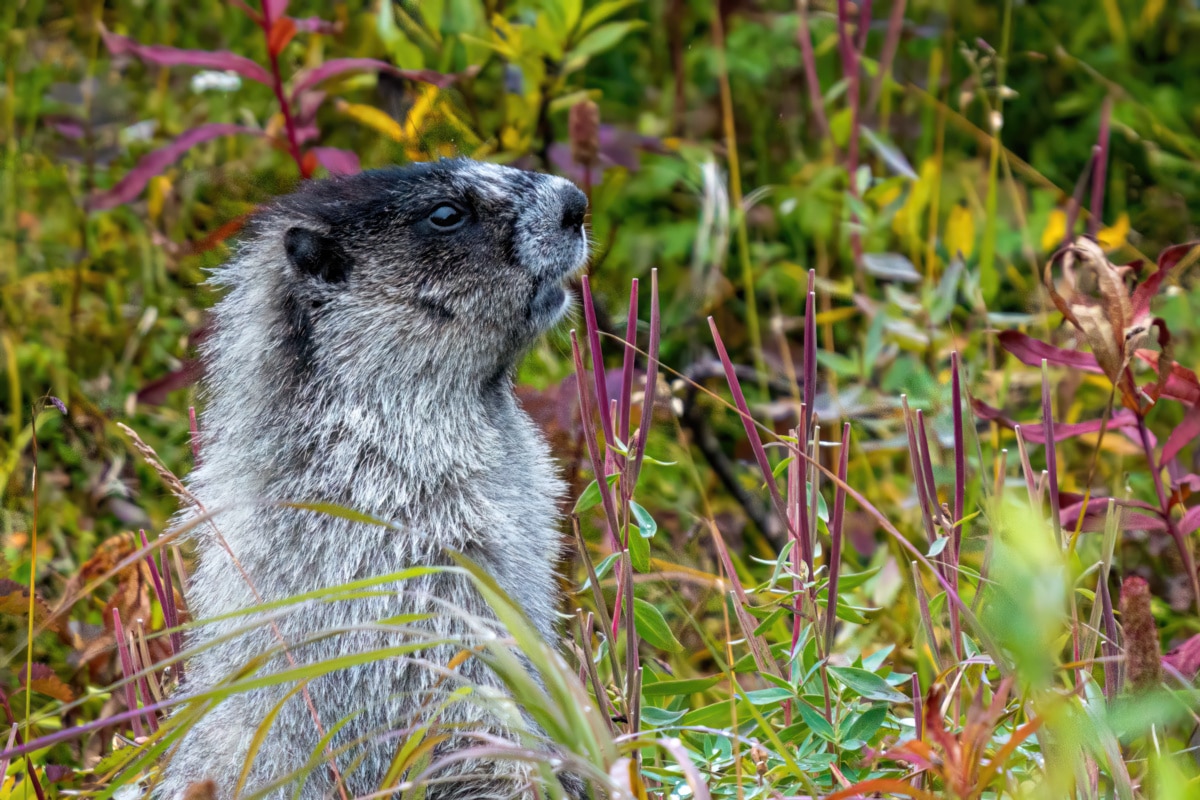
Once you are ready, look East (the same side of the parking lot where the bathrooms are) and look up to see several social trails and two ridges.
Your goal is to reach the top of the second ridge as safely and comfortably as possible. This bottom area is going to be wet, and probably muddy (especially where people have walked a lot), so my path to the top is different than most.
I will actually walk to the right a bit, cross several small streams, and approach the first two ridges from this side (Southeast side going up). Its less slippery, and the vertical grade is less taxing, plus because almost no one ever goes this way, you have a better chance of seeing a foraging Marmot or a curious Arctic Ground Squirrel!
On your way up to, and once you reach the top of the first ridge, I highly recommend stopping, exploring, and enjoying all of the breathtaking views of the mountains and mine area below.
Once you are up on the second ridge, the best things to see will shift more towards wildlife and the rugged rocky mountain terrains.
The way up the first and second ridge can really be exhausting if you don’t take a lot of breaks. Once you are up on that second ridge I promise that things flatten out a great deal, so don’t give up!
All in all it should take about 30-45 minutes to get to the second ridge, potentially longer if you are taking your time.
Getting To The Pika Township
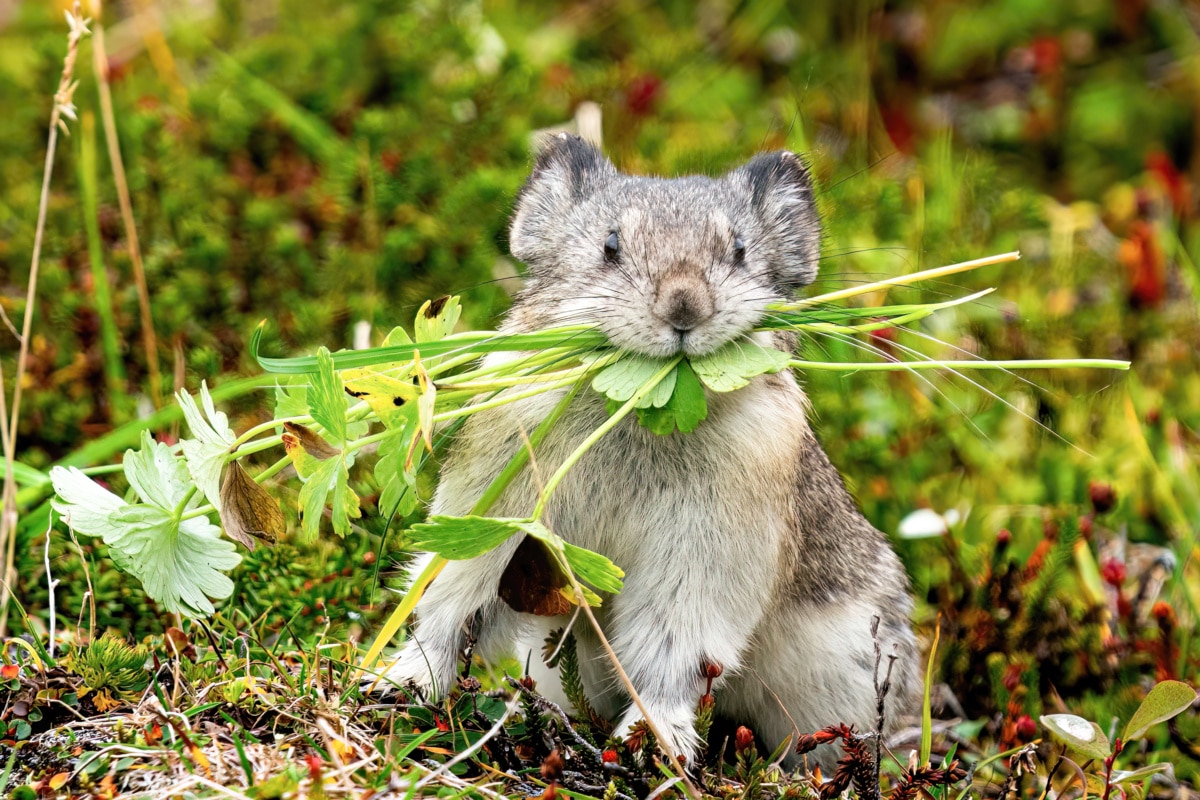
Once you are up on the second ridge things get a lot easier. If you face North you will see that there is a social trail running along the top of the ridge (the mine should be down and to your left in the distance), and then boulder piles to your right. This is the next path to follow and you need to do is as slowly as possible.
Ultimately, the entire area to your right is the beginning of the Pika Township. If you are short on time, or just exhausted, you will still have good odds of seeing the Pikas here.
Regardless, stopping and listening for them is a great way to prepare yourself for how to locate them. They sound, almost exactly like… a squeaky toy (I am not joking)!
The marmots whistle and grumble, the ground squirrels go “Cheeep Cheeep”, but the Pika go “Beeep!” so listen for those sounds and it should help get you started.
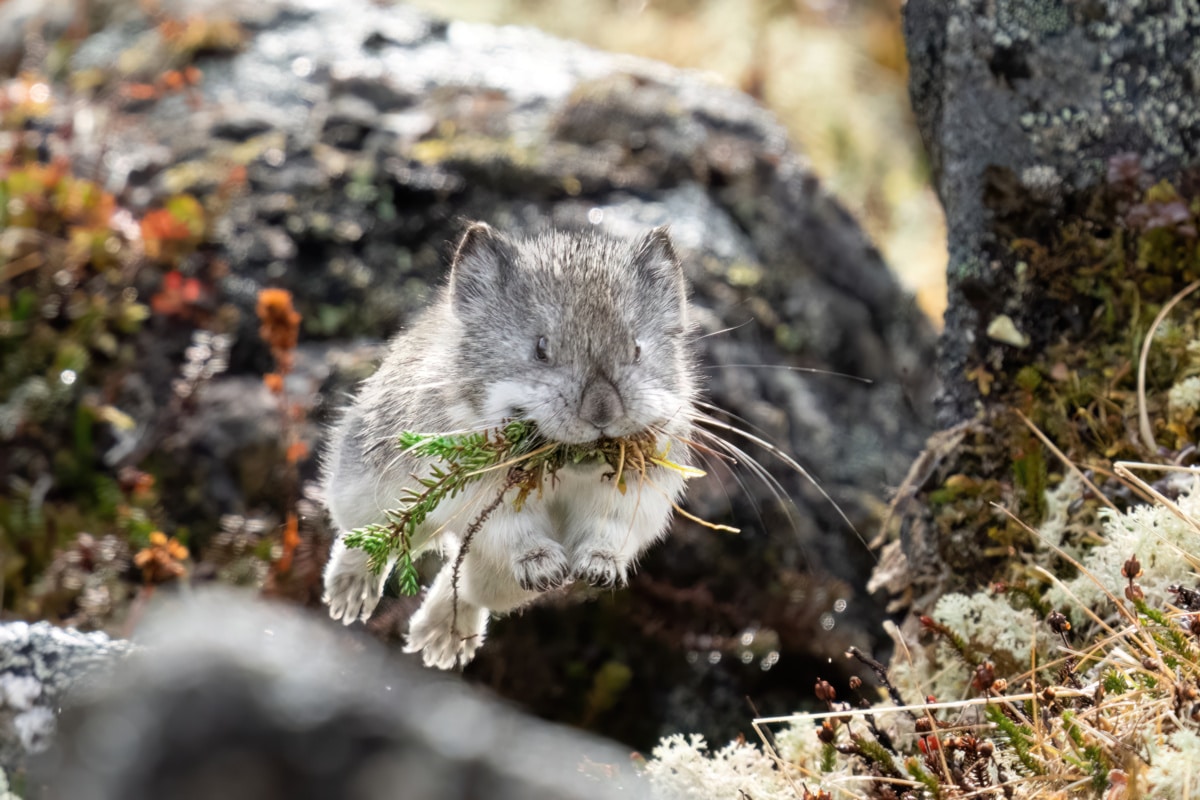
Walk North along the ridge trail until you see fireweed growing (at this altitude they only grow around high mountain streams) there will probably be several areas on your right withing 15 minutes of where you first popped out onto the second ridge.
Once you locate some, go right and get off the trail as much as you are comfortable with. I recommend finding a bare patch of grass close to the trail and sitting quietly.
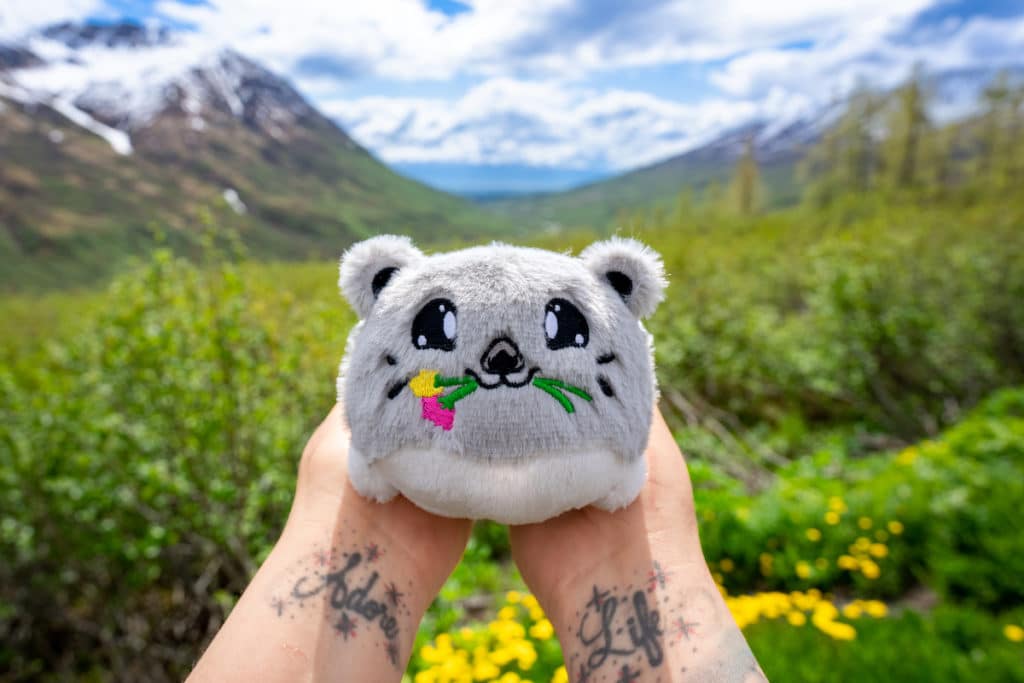
Get A Hatcher Pika Plushie here
For the best viewing you will need to find a few basic things in their environment:
- You need to be able to see piles of fireweed that have been collected stuffed in gaps at the bottom of boulders.
- You need to be able to see tall grass, flowers, or fireweed growing as a viable food source.
- You will want to be able to see the tops of boulders in a wide field of view, don’t be down to low.
You will need a bit of patience and practice listening for them, learning their movement cycles, and learning their behaviors if you want to see (or snap a photo) of a Pika.
They are the size of a hamster, incredibly fast, and the same colors as the boulders they live under so understand it will be a challenge, but one worth taking on.
Exploring The Pika Township & Getting Great Photos
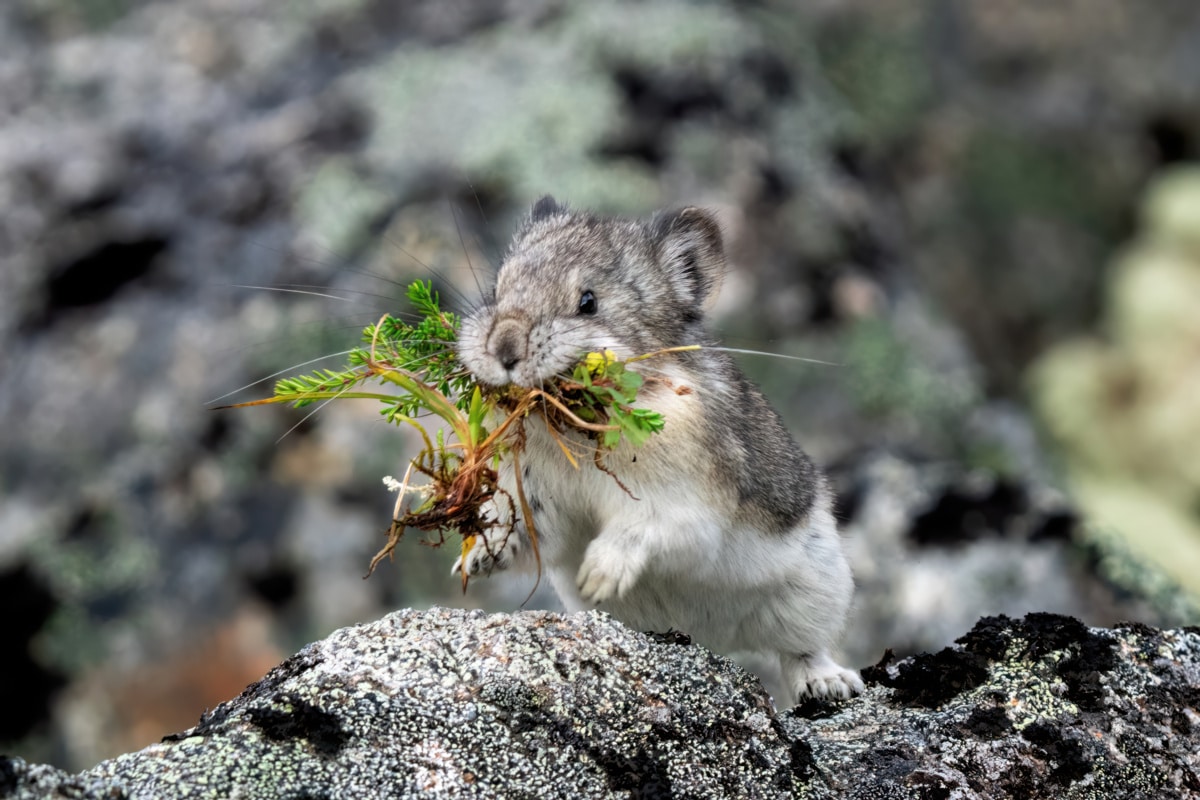
Depending our how much you like to climb around, the more difficult boulder areas either heading north a little or going further east into the previously mentioned boulder fields is definitely a very cool experience. Again, take your time, explore.
You may find that simply turning around there is a whole new viewing opportunity at times. But take it slow, the boulders have gaps that can hurt you with wrong foot placement if you are not cautious.
However, even if you never moved on from the previous area there are a few behaviors I can teach you about them to make seeing (or photographing) them easier.
The Pikas (July-First Snow) are collecting food nonstop at high speed during daylight hours to prepare to survive the winter, and their collecting behavior is (mostly) predictable.
If you are hoping to get a photo of them, this cycle is very important to understand and take advantage of:
- First, they like to run out from a spot in the rocks near their colony’s home where they store food.
- They then run towards a food source (fireweed, tall grass, flowers, berries) that is usually away from the boulders.
- As they run towards their food source they briefly pause on the tops of boulders to see where they are going and look out for predators.
- Once they reach the food source, they pause to eat a little.
- When they finish eating, they start to collect food to store.
- SUPER IMPORTANT: They will then turn and look back towards their home and pause to try to see where they are going (great photo moment).
- They will now run back towards their homes and they will also pause on the tops of boulders again with their little mouthfuls (amazing photo opportunities). I should note that they also tend to stop on top of the same boulders each time, so take note of where they stop.
- Then they finally disappear beneath the boulders to drop off their treasure and do it all over again.
In total, each Pika will usually do this cycle about 4-5 times. If you are able to get yourself positioned near where they are delivering their “hay” on their return trips you too can get world class photos of them!
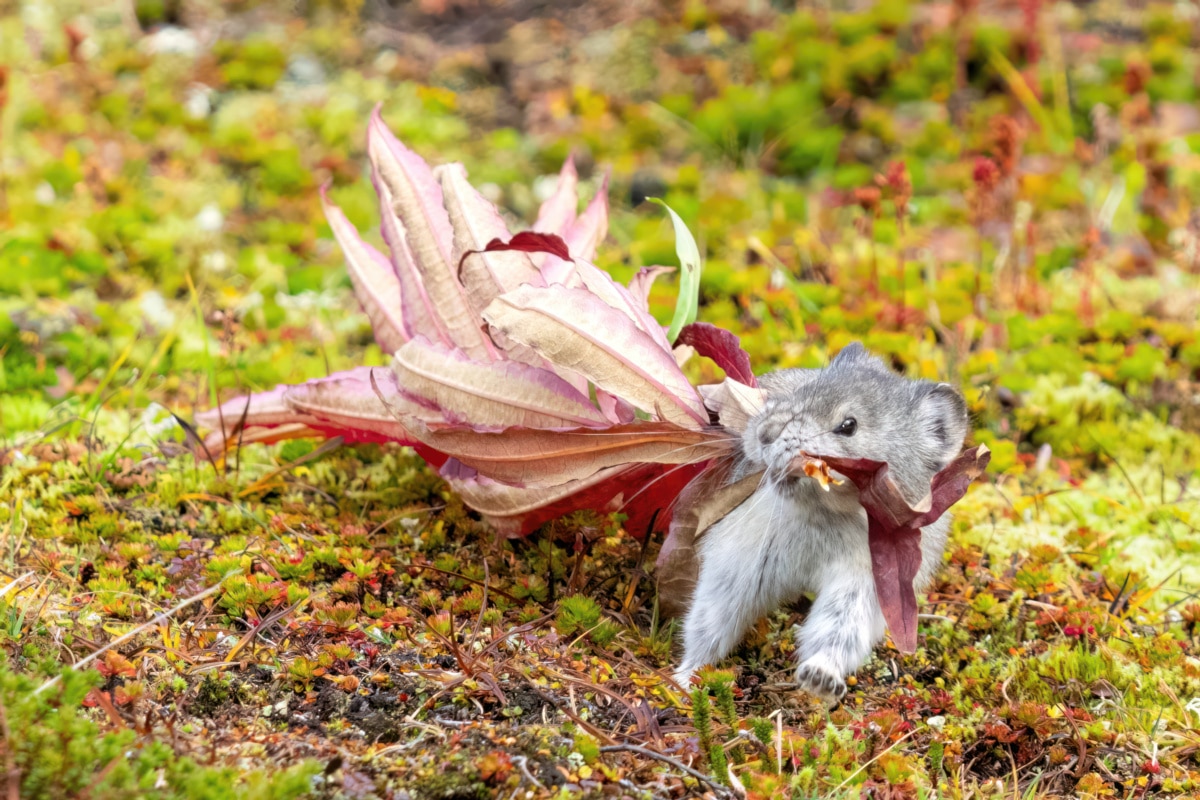
Moving On To The Marmot Village
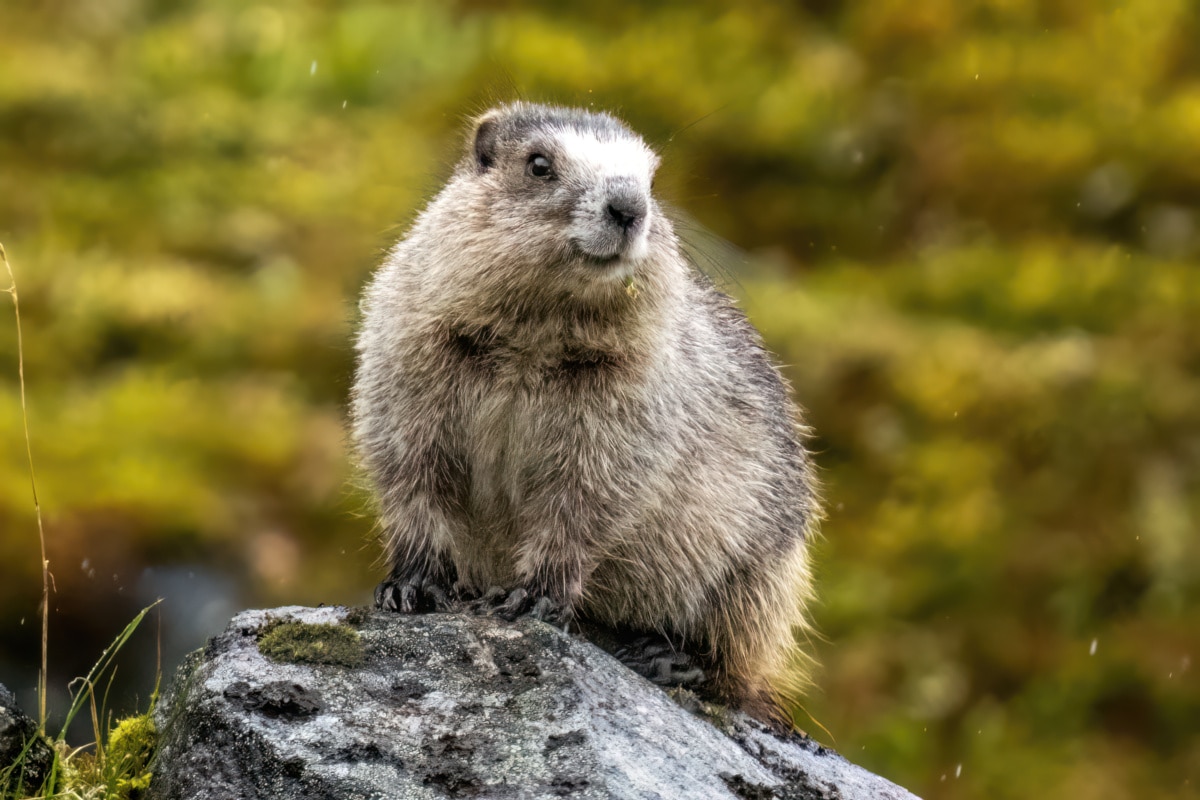
Many people I have brought on this hike are satisfied after having spent an hour or three with the Pikas. We either head back to our vehicles, or my favorite, is to continue on to the Marmot Village!
If you simply return to the ridge path you took to get to the Pika Township, start heading North again and follow the social trail for about 10 minutes up and down a few hills.
Your goal here is to enter the valley that is to your right (East), and in order to do so, you will have to break off the beaten path once again and try to walk towards the dead center of that valley.
There are three raised hills that you can ultimately walk on that are not covered in boulders on the tops, and they are your best route to get there easily.
It should take you about 20 minutes if you do not stop. If you are facing East you will see these gigantic boulder piles to the right and directly in front of you, these boulder fields and surrounding grassy areas are the Marmot Village!
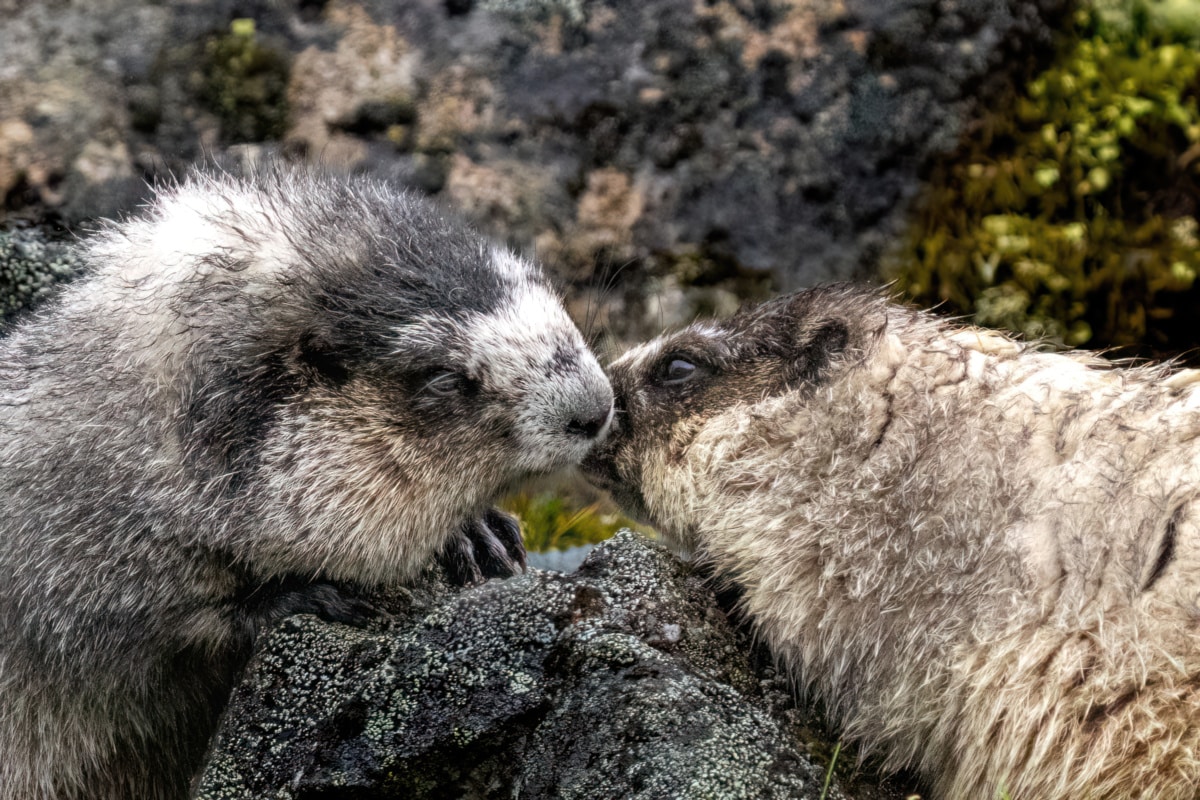
The Marmot Village got its name because it was the first place I had been to where I could see a high number of Marmots interacting and living their lives together.
The above image was taken on a rainy day and several of them came together to help dry each other off by licking each others fur dry.
They also greet each other by touching noses, and later in the fall, you can even see the males do battle with each other! I recommend staying up on top of the hill in the center of the valley so you have the best chances of scouting all directions to see both the Marmots and the surrounding views.
Carefully climbing down towards the edges of the boulders will however offer the best wildlife viewing (photographic) opportunities.
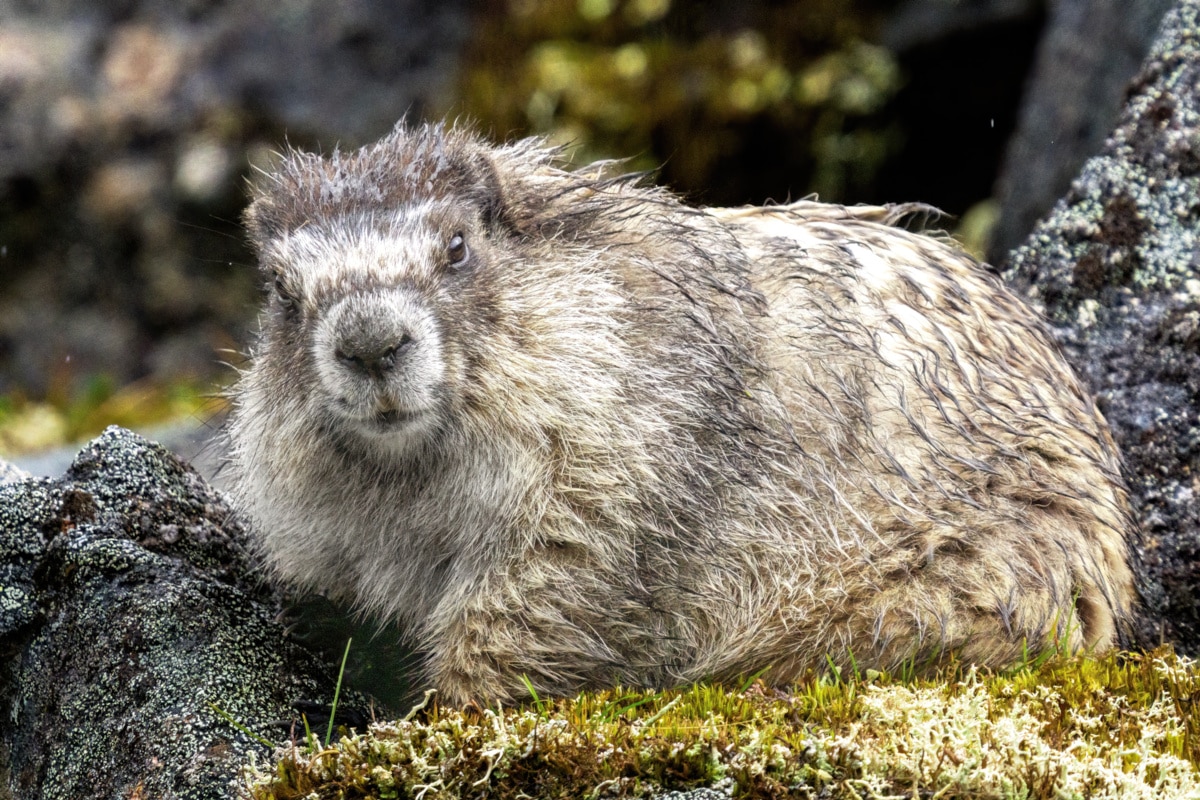
The Return Trip
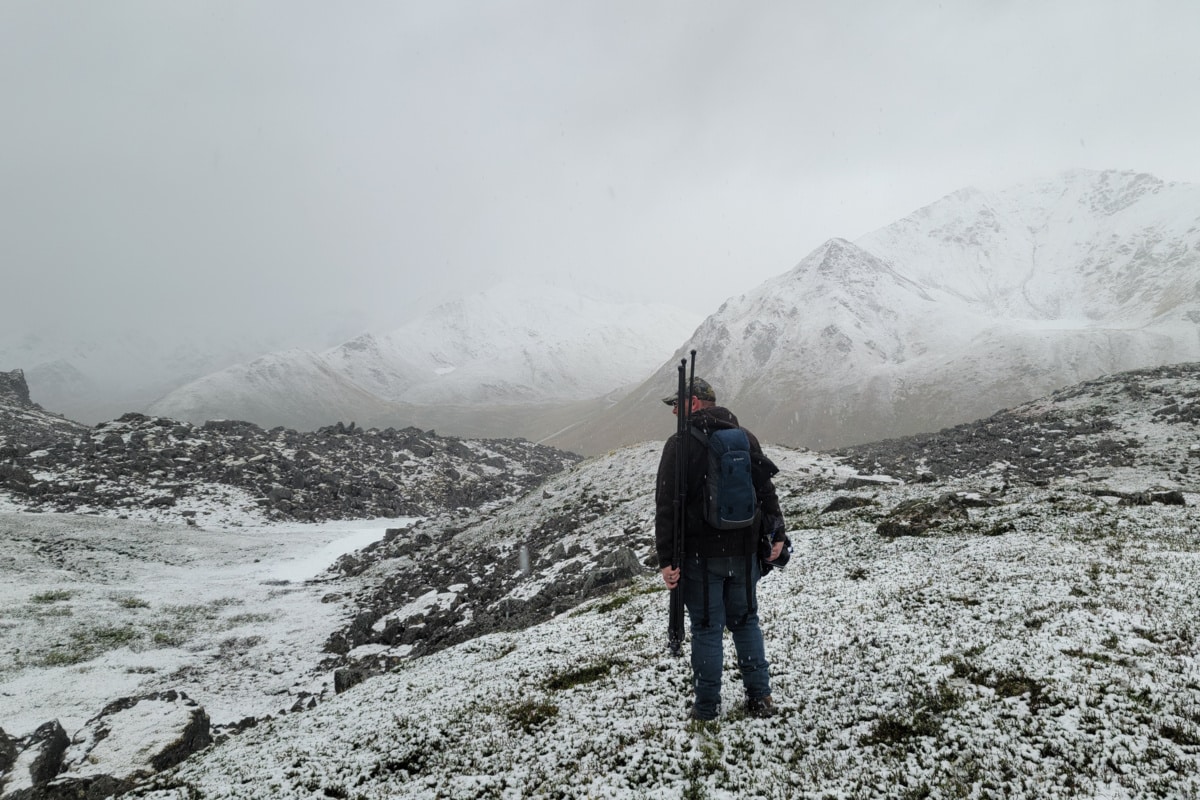
On the way back down, it can get a little confusing as you have been hiking where there are no social trails for a little while.
However, I can tell you that if you head directly out of the valley (West), even if you are not sure if you are headed precisely west, you will bump into several social trails and you can just hop on whichever one you like and head left (South).
If its a clear day, you should not have any confusion as to your return trip as you will be able to see the Mine Area/Summit Lake road ahead to orient yourself.
It’s often cloudy up that high and I wanted to take the time to point out a few ways to help guide you down. Additionally, there are several mountain streams that all flow in the direction of getting home you can use to guide you.
The trip down is exactly the same way as it was up, it is much easier however, you just need to be careful when you start descending from the second ridge as it can be slippery.
Sometimes on the way down I will even stop and pick some blueberries if its later in the fall.
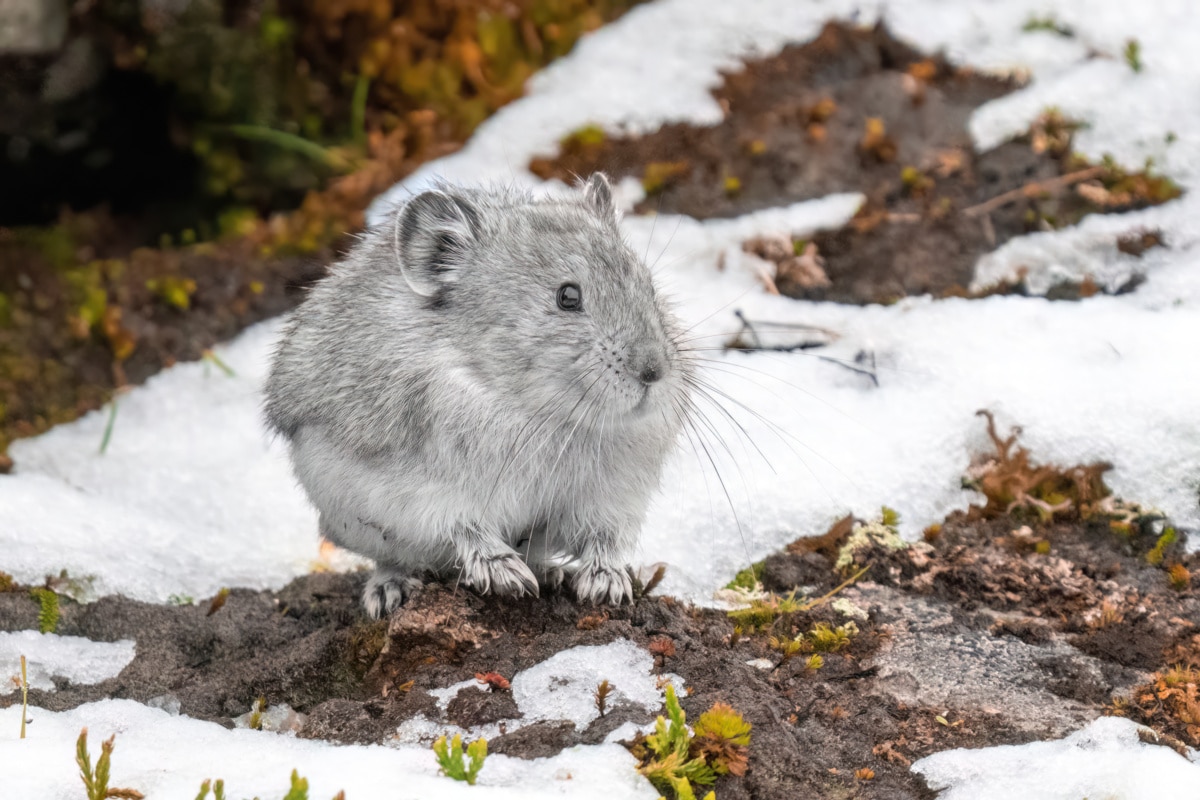
This hike is probably my favorite on Earth because of the Pikas, it is also a great hike that you can add/modify if you wanted to do several things up in Hatcher Pass.
It’s a special adventure you can go on to see a creature that most people have never even heard of in their whole lives. Whether you live in Alaska or are coming for the first time, don’t sleep on this hike, it’s one of the coolest things you will ever see.
There is never a guarantee of seeing wildlife, but of the 35 or so times I did this hike, I always saw at least a few Pikas (following the guidelines I wrote in this article).
The Pikas have lost much of their habitat throughout the world due to rising temperatures. Yet, Hatcher Pass remains a rare exception where they have been thriving and populations are significantly more stable. So I definitely recommend you come and see them on your next summer or fall visit!
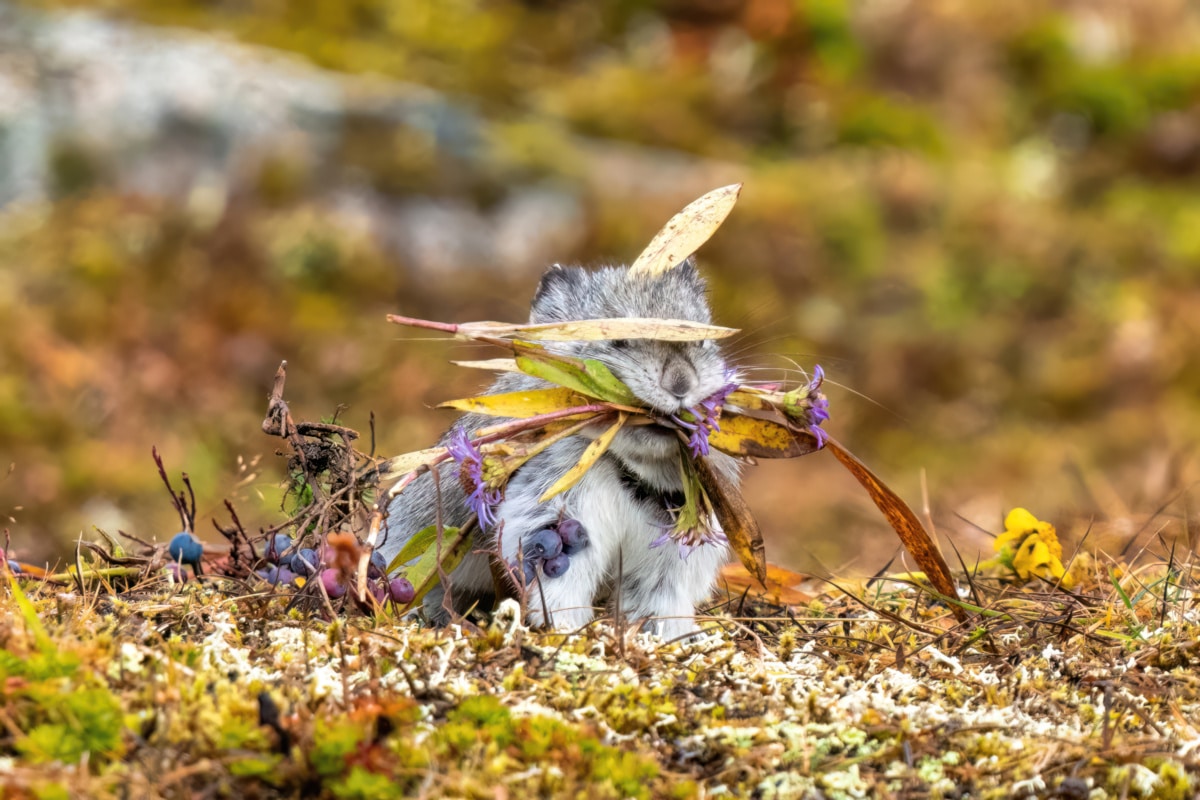
This article was the last in a series about lesser known, or completely unknown, hikes in the Hatcher Pass area in Alaska.
If you would like to see those articles to discover more cool hikes in Alaska check them out below:
- A Largely Secret & Easy Alaskan Hike – Willow Paradise Trail
- April Bowl Trail | A Hidden Alaskan Hike With An Epic View
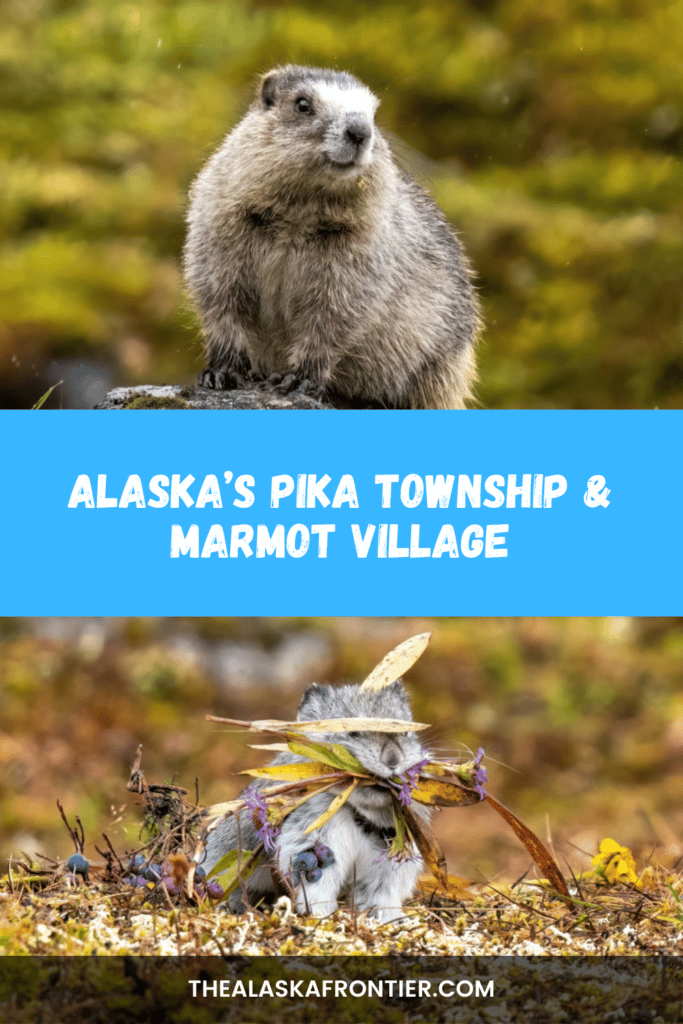
My name is Phillip Flippo and I am a professional nature and wildlife photographer based out of Wasilla Alaska. As a lifelong Alaskan, I have always been captivated by the incredible scenes and amazing sights that our great state has to offer. Sharing photos, films, and articles from the real wild Alaska is a passion of mine, and I work hard to deliver the best of best to audiences around the world! Whether I am climbing mountains, spending time at sea, or exploring the frozen unknown I want to help others unlock Alaska’s mysteries for themselves. I truly believe we are always better off united, sharing the beautiful destinations of our world, and helping each other discover the most amazing experiences; and that is exactly my mission, to share, to help mentor, and to find the best Alaska has to offer!

Wow!! This article just made up my mind to come and do this hike, all the way from North Carolina! I love your writing style, and super easy to follow suggestions. Fantastic article! I hope there are more to come! Thank you!!
Hi Phillip,
Do you guide tours on this hike? Would love to get some info from you.
Hi Phillip,
These instructions were exceptional and worked for us first time. My wife and I are visiting from NZ and we were overjoyed to see Pika almost immediately at the first ridge you described.
Thank you very much!